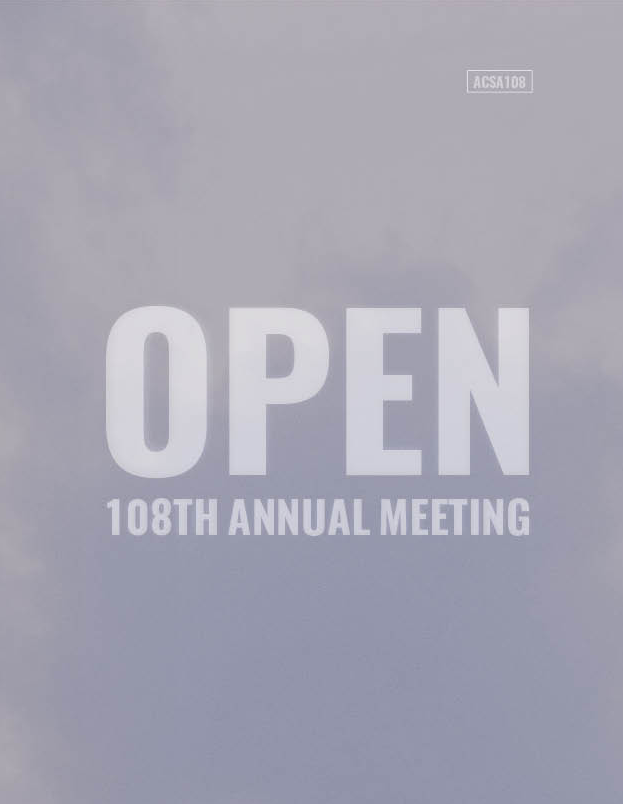Author(s): Nora Wendl & Julian Maltby
In this graduate architectural theory course, students are asked to select an object (not a building) that brings together the environment and humans. First, they write observations of it—answering questions about its materiality, authorship, use, and lifespan, tracing its materiality back to its origins. This is a study of what Elaine Scarry refers to as the “interior structure” of objects: how objects “internalize within their design an active ‘awareness’ of human beings…that is not limited to their use.” Students then write a thesis statement connecting the interior structure of this object to a larger question within the theory of the built environment—examining architecture as related cultural object. The thesis statement is explored in a paper, and the paper is supplemented by a 3-minute film which seeks to reveal a tangible connection to the object and the theory underpinning it. For a student who chose to study an inherited metate, he observed the materiality of this tool for grinding corn—volcanic stone—proposing that “notions of time that are embedded in the cosmic scale of a metate can provide valuable insight into the way we design and construct buildings,” connecting the physicality of the metate to his own family’s origins, modernism’s avoidance of time, and the “dormant tectonics” of building with volcanic rock, which he’d learned during an internship in Mexico City. The companion film used footage of volcanic eruptions in Mexico, and the student using the metate, combining source and tool across time.For this session, we propose presenting the structure of this course, and three architectural theory papers it produced: papers whose origins were found in a metate, in the micaceous clay pottery of indigenous Taos Pueblo people, and in the ATLAS-1 Trestle at Kirtland Air Force Base, all objects specific to cultures within this region, and containing within their interior structures—as the students prove—theories applicable to the built environment.
https://doi.org/10.35483/ACSA.AM.108.107
Volume Editors
ISBN
978-1-944214-26-5

 Study Architecture
Study Architecture  ProPEL
ProPEL 
